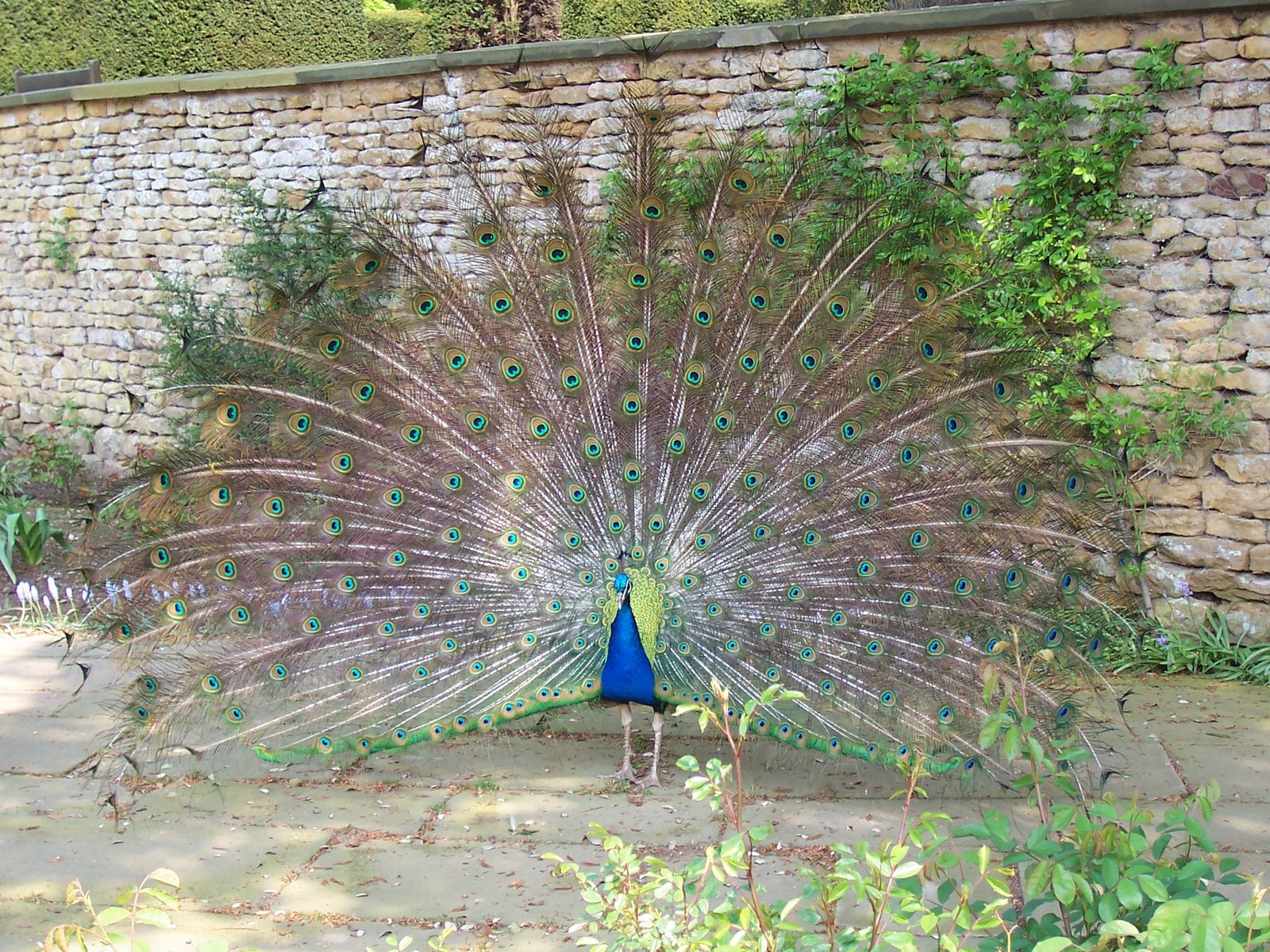Your cart is currently empty!

How Many Images Does a Blog Post Need?
We have clients who want no images in their blog posts, and clients who like lots of pictures. We generally just go with their preferences, adding more photos than requested only when it’s necessary to convey information — as in the case of a map or infographic, a specific photo or screenshot that clarifies the text, or a chart that presents data more clearly than a sentence would.
But we like to make decisions based on data, not on personal preferences… we know that going with your gut hardly ever gives the best ROI. So recently we’ve been discussing the question of just how many images there should be in a blog post for maximum effectiveness.
First we checked out research others have done. We found that there is widespread agreement that adding a picture improves engagement. But we also found that most of the actual data for this claim comes from social media like Facebook, and is simply extrapolated to blog posts. Engagement with Facebook could mean a Like or a share, but engagement with a blog post often means reading more, commenting, or responding to a call to action in a sidebar as well as social sharing. Does it make sense to extrapolate from Facebook to blog posts, given the large difference in the meaning of engagement?
We also found that pictures of people’s faces keep visitors gazing at the blog post image longer than any other kind of picture — unless it’s a stock photo, in which case people actually ignore the picture completely. But here again, is looking at the picture for a long time ever the desired outcome for a blog post? We’d say only if it’s a product photo, and even then we’d most like the visitor to click through and buy.
Buffer did a study of high-ranking blog posts and found that they averaged 3.2 images per post. This worked out to one image for every 350 words. In other words, we’re talking about unusually long blog posts here. Study after study has found that more words do better in search than fewer words, and that may be the reason for the high rankings. The number of images may be irrelevant to the posts’ performance in search.
So we tried a couple of experiments.
1 Image vs. No Image
Interestingly enough, we have a useful data set for this question. We blog on the same topic at two different websites (for the same client). One uses a featured image on every blog post, and the other does not use images on most blog posts. As it happens, the blog with no images has been around longer and has about four times as much traffic overall than the site with images.
We examined pairs of posts on similar subjects from the two websites and pairs with similar titles. No matter how closely we looked, at rankings or traffic or comments or any other metrics of SEO and conversion, we found no results that weren’t predictable from the difference in authority between the two websites. There is no evidence that going without blog images has any negative effect on the picture-less site.
1 Image vs. Many Images
The blog you’re reading now has plenty of posts with just one image, and others with a dozen or more. So we did a little comparison.
- Our most popular posts this month had an average of 3.83 images — but that included a post with 13 images. If we toss out the sport, the average was 2.6 images per post. Our least popular posts this month had an average of 2 images each.
- The posts with the highest time on page had an average of 1 image. So did those with the lowest time on page.
- Extensive poking around showed no patterns any more interesting than the data points shared above.
Overall, the number of images per post doesn’t seem to make much difference in SEO or conversion. Our rule for things like this: go with your gut. Let your personal preferences lead you. There aren’t that many decisions you can successfully make in this way, so seize the opportunity.
by
Tags:

Leave a Reply